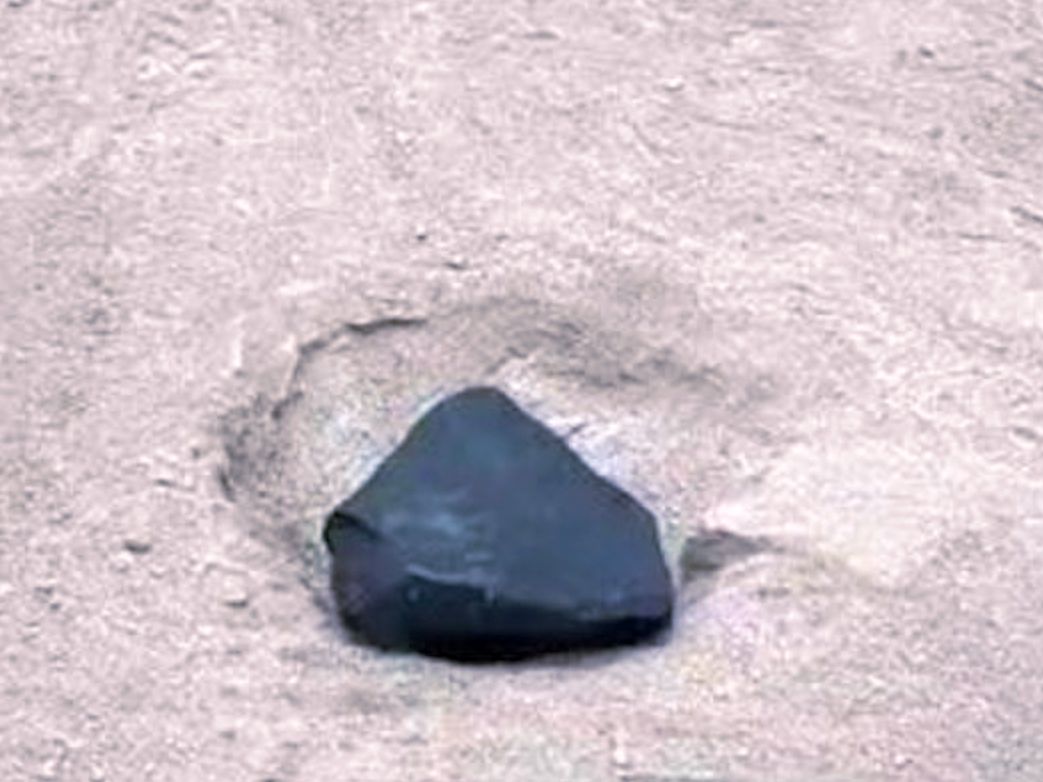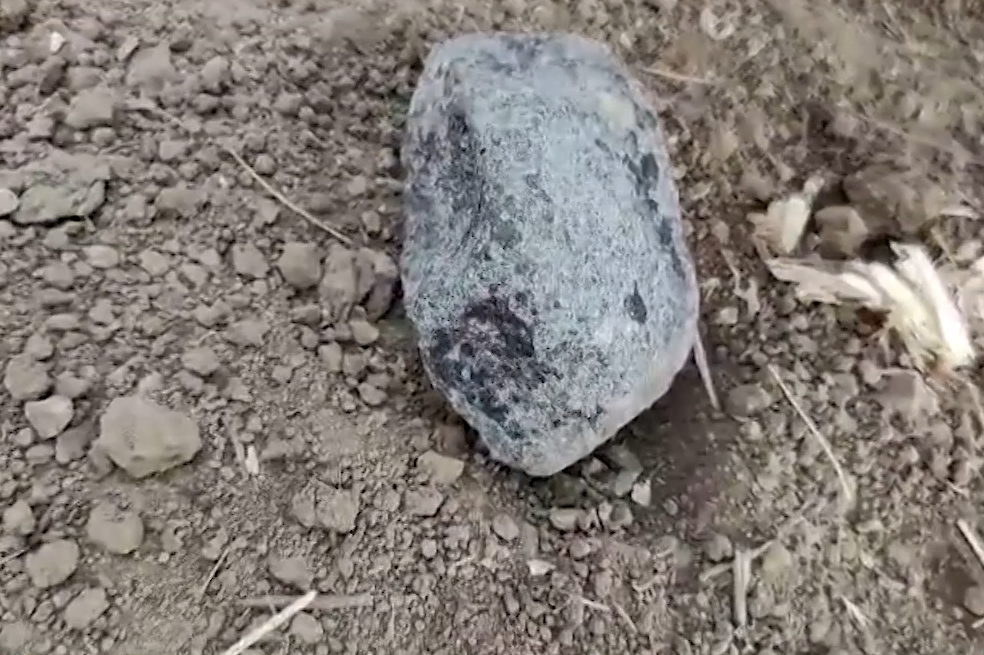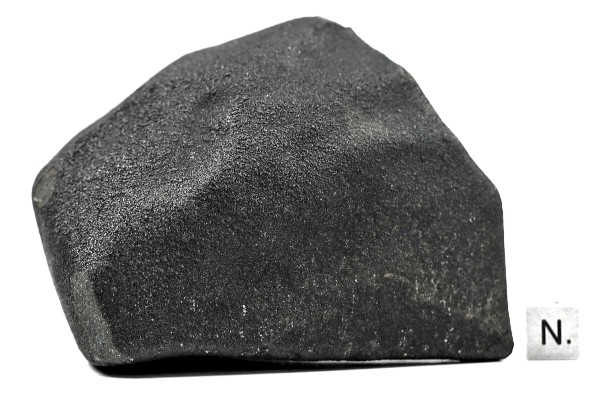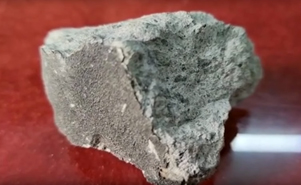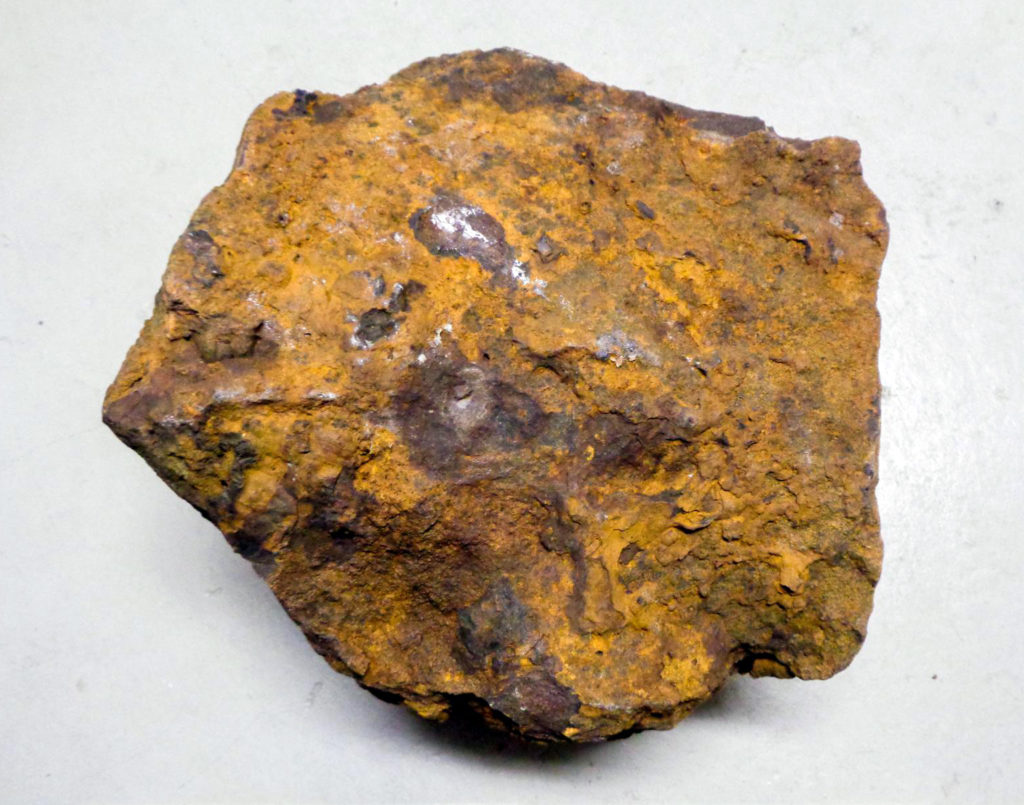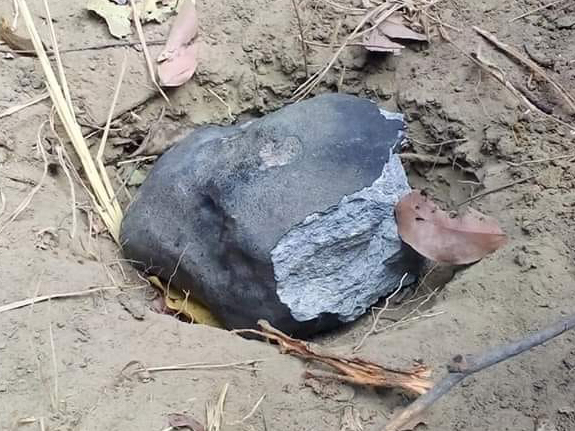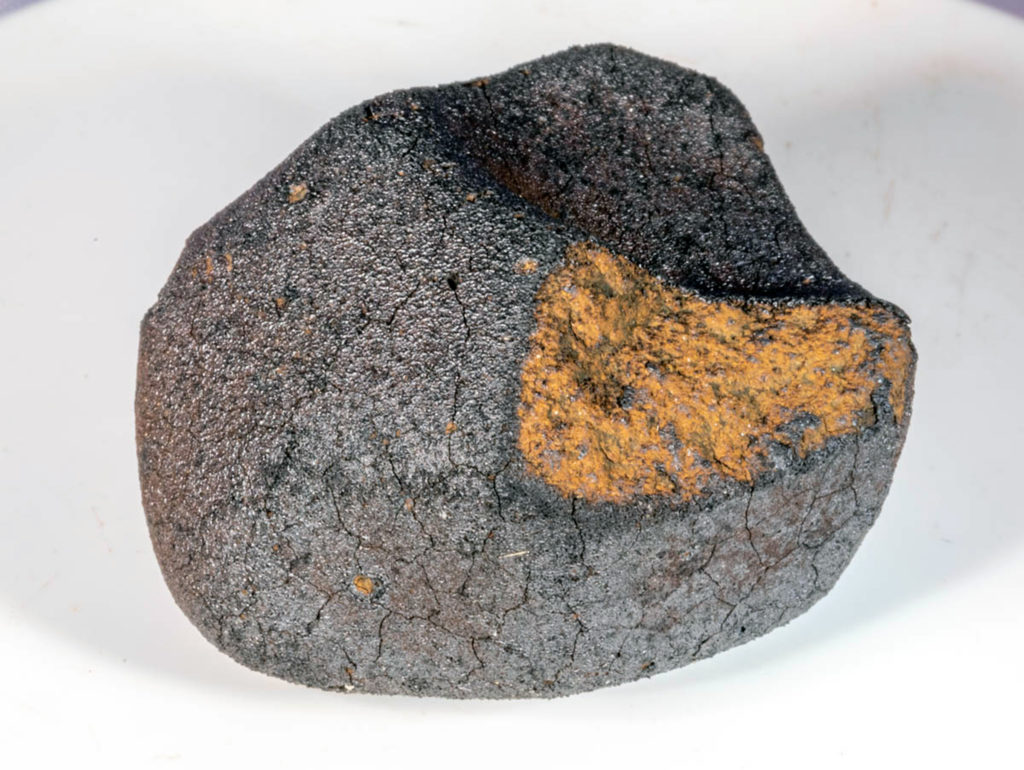Physical and thermal properties of Bursa L6 chondrite: a combination of density, porosity, specific heat, water content, thermal conductivity, and thermal diffusivity results
Cisem Altunayar-Unsalan, Ozan Unsalan, Radosław A. Wach & Marian A. Szurgot
Astrophysics and Space Science, Volume 370, article number 53, Published: 29 May 2025
“This study presents the first integrated analysis of the Bursa L6 chondrite’s thermophysical properties using 3D laser scanning, pycnometry, differential scanning calorimetry (DSC), and thermogravimetric analysis (TGA). The meteorite exhibits a bulk density of 3.476 g/cm3, a grain density of 3.69 g/cm3, and porosity of 5.80%. DSC revealed the presence of troilite (FeS) with α/β and β/γ phase transition shifts across different regions, indicating a temperature gradient during atmospheric entry, with a calculated troilite content of 4.59 wt.%. Specific heat capacity was found to be 740 ± 33 Jkg−1K−1 at room temperature, while volumetric heat capacity ranged from 1.90 ± 0.11 MJ/(m3K) at 200 K and 2.57 1.90 ± 0.11 MJ/(m3K) at 300 K. The atom-molar heat capacity increased from 12.64 J/(molK) to 17.41 J/(molK) across the same temperature range. Thermal diffusivity was estimated to be 1.25 ± 0.36⋅10−6 m2s−1 in air and 0.71 ± 0.03⋅10−6 m2s−1 in a vacuum. Thermal conductivity is 2.6 ± 0.6 Wm−1K−1 in air and 1.8 ± 0.2 Wm−1K−1 in vacuum at 300 K for both. Thermal inertia predicted for vacuum is equal to 1.84 ± 0.14 ⋅ 103 Js−1/2K−1m−2 at 200 K, and 2.15 ± 0.18 ⋅ 103 Js−1/2K−1m−2 at 300 K. A minimal mass loss of 0.62% up to 1200 °C, with water and hydrogen contents of 0.32 and 0.032%, respectively, suggests low volatile content. These results provide key insights into heat transfer behavior and the parent body evolution of the Bursa meteorite.”

